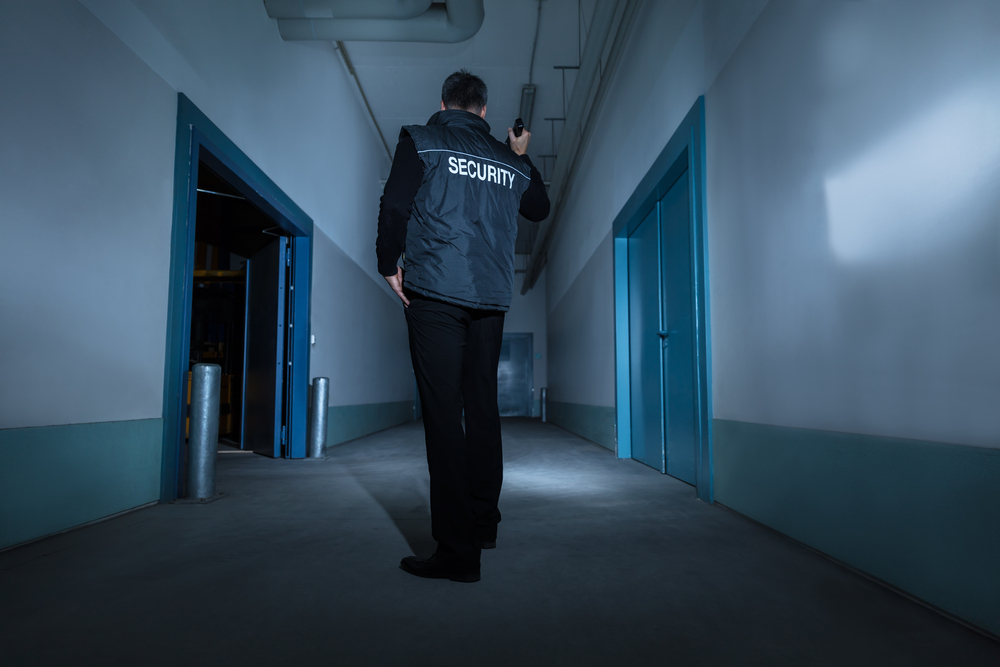The Philippines has been dealing with a COVID pandemic that is affecting the country’s most vulnerable communities. These communities are more likely to be affected by the disease, as they are more likely to live in socioeconomically-disadvantaged areas. As a result, the government’s response to the pandemic has been largely inadequate. This has negatively impacted these communities’ basic needs.
WHO Philippines’ Helping Hands
As of December 15, more than one million people have been affected by covid-19, with 16,000 deaths reported. The epidemic has hit the country with a surge this month, as many residents still are not vaccinated against the disease. Although the outbreak has been devastating to the country, President Roque defended his administration’s response to the crisis. He said the pantries are not a reflection on the government’s response but rather a result of the poor distribution of aid and the disruption brought by the pandemic.
The United States has also stepped up its efforts to help the Philippines deal with COVID-19. Through the USAID program, it is helping the Philippine government implement a five-point strategy to fight the disease. The agency is also helping the DOH and local governments effectively communicate COVID-19 guidelines across the country. In addition, the USAID project aims to strengthen the health system in the Philippines by improving access to safe drinking water, sanitation, and hygiene.
Various Informational Resources
The United States recently donated a hundred new ventilators and associated supplies to the Philippines to aid in the fight against COVID-19. The Philippines is one of the first countries in the world to develop a comprehensive TB adaptive plan. The Global Fund is also supporting the development of different HIV, TB, and malaria mitigation measures. These include telemedicine, bidirectional testing, and digital tools to help patients adhere to treatment.
There are various informational resources on the COVID-19 vaccine in the Philippines to support outreach efforts. These include a webinar recording of the relevant topics, tools and resources for healthcare providers, and information for community partners and consumers. The resources also include tips on how to increase demand for the vaccine and how to build trust in the community.
Governments have a responsibility to provide health education and information to support health and human rights. The Committee on Economic, Social, and Cultural Rights considers this a core obligation of governments. It defines health information as information that can prevent and control health problems. As a result, it is vital to provide accurate, accessible information about the COVID-19 outbreak.
What Obligations Does PNP CODA Have?
The Philippine National Police (PNPCoda) is now subjecting its officers to aggressive COVID-19 testing. This testing is intended to prevent the spread of the disease in police units. As of December 28, there were 8,947 confirmed cases of the virus, 8,580 recovered cases, and 27 deaths. As a part of its response, the PNP has established an Administrative Support for COVID-19 Task Force, and it is targeting all police officers in Metro Manila. This is because Metro Manila is the epicenter of the pandemic and has the most molecular laboratories.
Among other things, the PNP coda should ensure that its personnel are aware of and committed to gender equality. This can help it improve their efficiency. It is also essential to consider the consequences of their choices. Having more information on this issue will be helpful in planning how to respond to the growing COVID-19 problem in the Philippines.
